Introduction of metro rail triggers the prosperity of a city by multiple folds. Following metro rail launch, every city in the world experienced the benefits of its clean and sustainable growth. It is a boon in every sense, direct or indirect. Every city has its’ own day of making, and now it is Hyderabad’s turn.
Direct impact
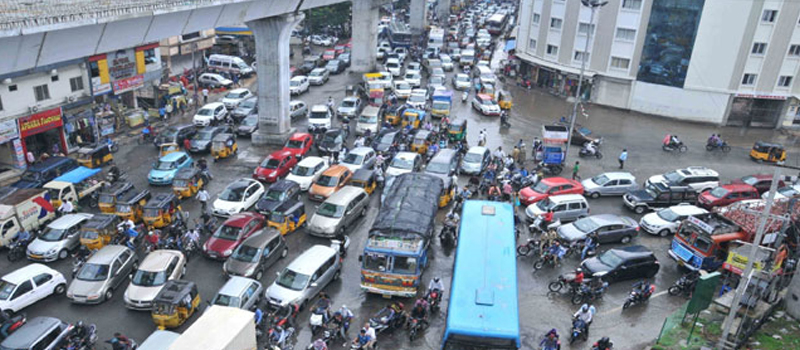
It will have a direct impact on concerns like traffic, city-buses, business and job opportunities. It improves the convenience of commute at a brisk pace and more than anything the metro rail will rocket the real estate prices to newer heights. Good for Hyderabad.
Indirect impact

Metro Rail also has an indirect impact on the lifestyle of the city folk. Moving from place to place would be a plain sail. You wouldn’t have to worry about the bustling traffic and impatient honks. Catch a metro and experience a peaceful commute to work with the additional time on hand for some leisure pursuits. It improves our work efficiency and leaves us with plenty of time for family and all the things we have always wanted to do, but could never find time for. This significantly contributes to the betterment of city’s lifestyle. Good for the Hyderabadi.
Encouraging initial response
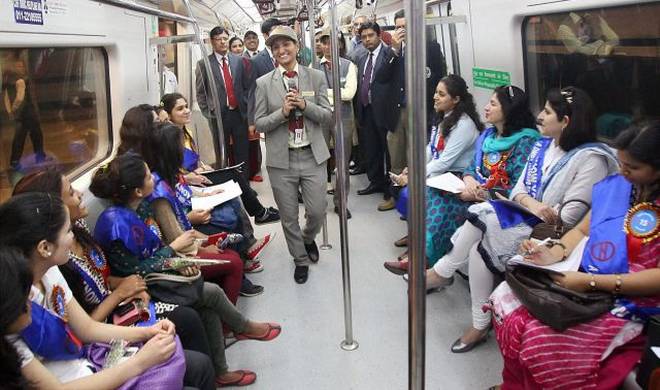
- A staggering 32.25 lakh passengers travelled in Metro trains in one month since its launch on November 29, 2017 and patronage is slowly stabilizing with an average of one lakh passengers traveling in Metro trains every day.
- Nearly 22 per cent of passengers are using Metro smart cards and till date over 1.5 lakh smart cards have been sold. The sale of cards has been increasing and an average about 2000 metro cards are being sold every day.
- If the above numbers are with one metro line from Nagole to Miyapur, we can easily imagine the usage when the other two lines start functioning.
A boon to real estate market
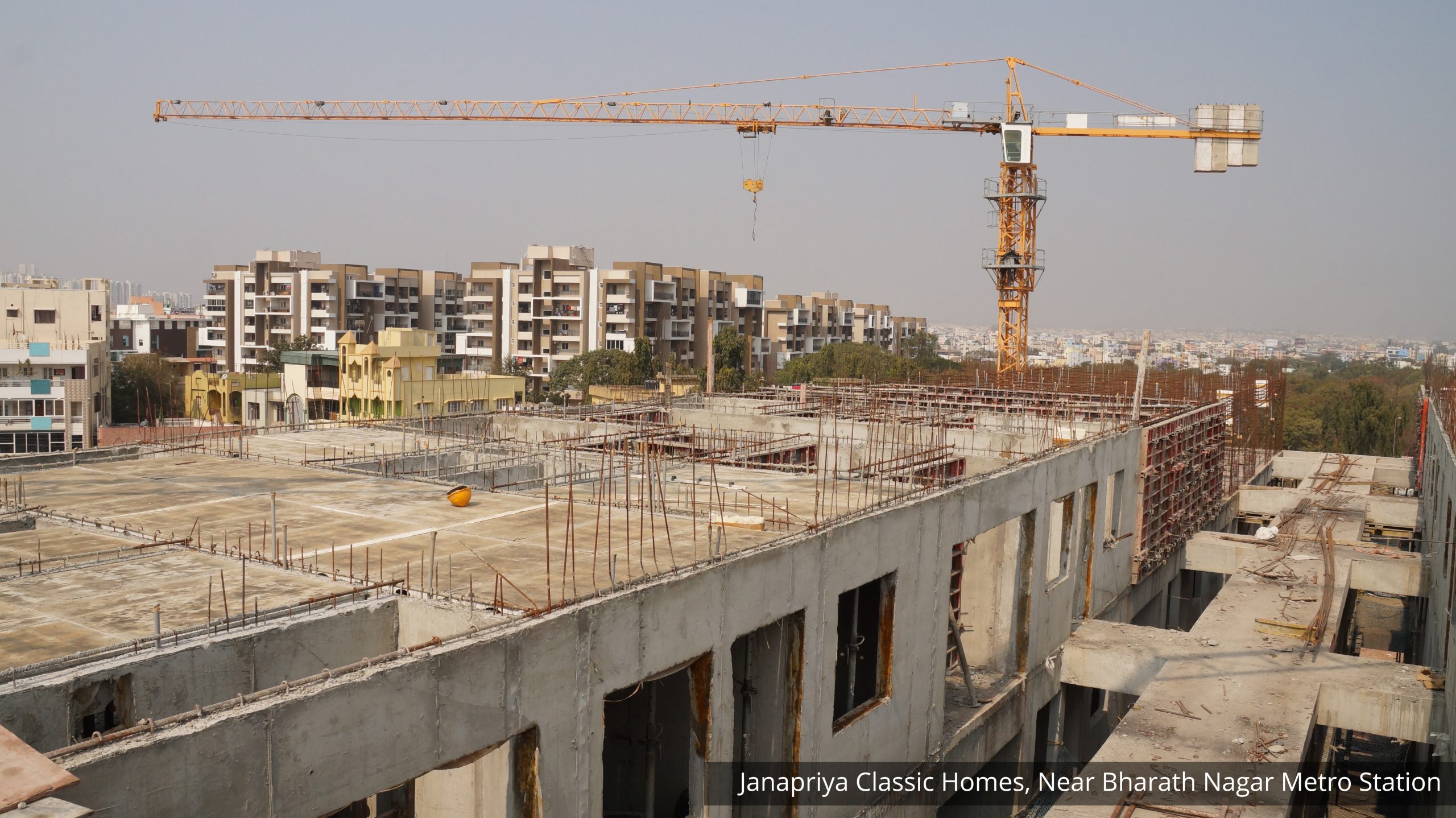
- Metro serves dual purpose in real estate boom – creates jobs that drives demand and reduces commuting costs drawing people to look for homes in areas surrounding metro tracks. Areas closest to stations have greater impact.
- Retail and commercial space demand increases, Standalone apartments get converted into bigger gated communities, mixed properties come up near stations. This aids the business distribution and helps people’s investments grow.
- Value of land is inversely proportional to distance from metro station (influences mostly in radius of 1 km, with max influence in 500 meters). Land prices may rise by an average of 50% depending on location and use of land.
- People owning property in Nagole, Miyapur,Thatti Annaram, Bandlaguda, LB Nagar, Boduppal, Kalyanpuri near Uppal and all areas along the track are already enjoying 20-30% hike in the prices following metro launch.
Everything put together it is not an exaggeration to state that Hyderabad as a city has entered the golden era following the launch of Metro Rail. It is set to virtually transform Hyderabad and the lives of people living in it. It is the Boom time for Hyderabad and Hyderabadi’s.
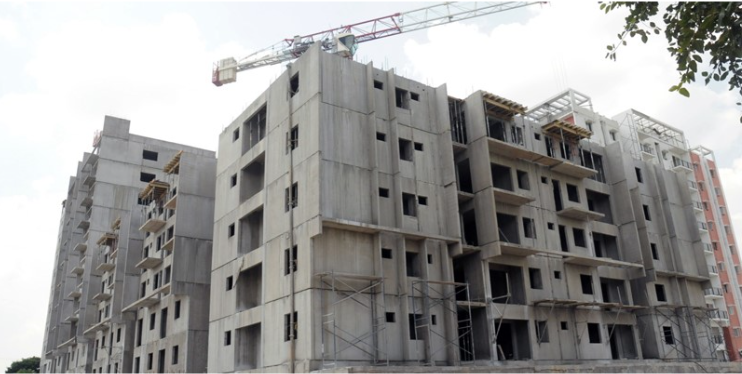
Till a few years ago, workmen hammering away and building structures brick-by- brick, and concrete being poured from huge concrete mixers was a common sight. But, this process has now given way to pre-cast technology.
What is pre-cast technology
Pre-cast concrete means a concrete portion of a structure that is cast and cured at a location that is not the site of construction. Once a precast concrete product is produced and all the undertaken quality controls are satisfactory, the unit is stored until delivery. It is then transported for use at another site.
How is it created?

Pre-cast structures are made in stages that start from engineering and go on to manufacturing of the reinforcement cage, form preparation and pre-pour inspection, concrete placement, curing and stripping, and culminating in post-pour work.
Engineering
Every pre-cast structure is created using the latest design tools and detailed drawings are created using a 3D computer-aided design (CAD) process. Once the design drawings are approved, they are sent to the factory floor and are used to monitor production.
Manufacturing of the reinforcement cage
The first step of this process is the cutting and bending of the steel reinforcement. These bars are then assembled and tied together to form the reinforcement cage.
Form preparation and pre-pour inspection
Once the form (mould) is ready, the overhead crane is used to lift the cage and place it right in the middle of the form. When one set in done, a certified quality control engineer will conduct a pre-pour inspection to see that the product is in tandem with the original shop drawing. Upon the satisfactory completion of this inspection, the technician will approve the structure to be placed at the site.
Concrete placement
A number of raw materials are carefully mixed according to the specific design requirements. There are concrete laboratories that conduct routine tests on raw materials. The concrete also undergoes a variety of additional tests, including a spread test that helps verify whether the mix has the proper flow and there is no segregation of the aggregates.
This approved batch is transported to the product form on the production floor. The concrete is placed into the form and care is taken to allow the concrete to flow without trapping the conduits. Once the form is filled, the top is smoothed off.
Curing and stripping
Once the concrete has settled and has been removed from the form, it is then cured. The product may be covered in tarpaulin overnight to seal in the heat from the hydration process (where the product is constantly doused in water). The controlled environment of the factory enables the product to cure properly and reach the full design strength.
The stripping process involves opening the outer jacket of the form, attaching the lifting devices to the product and lifting it off the form.
Post pour
Once the product has been removed, it is cleaned and a post pour inspection is conducted. If all design dimensions have been maintained and no visual defects are noted, the quality technician signs it off. The finished product is then transported to the storage area, while care is taken that it receives proper support as it awaits its requirement. When a requirement arises, the product is loaded onto a truck and properly secured to be transported to the site of construction.
Advantages of using pre-cast technology

Structures created with units that have been cast using the pre-cast technology have been known to have superior quality and durability. Pre-cast technology has a plethora of benefits for those using its structures.
Weather resistant
Pre-cast structures can bear the brunt of the vagaries of nature and are equally effective in regions with freezing or scorching temperatures. They are also non-combustible and do not melt, thereby eliminating the need of additional fire proofing applications.
Smooth walls
The walls built using pre-cast technology turn out smoother than others. These walls are cured at the pre-cast plant and do not depend on variable factors (like weather conditions and availability of labour) that play a major role when work is done at the site. These walls can be painted on directly, or you can adorn them with wallpaper.
Reduced construction time
Pre-cast technology reduces the time required for construction by up to 64%. Since the members are created in plants, they are free from variable factors. This means, large portions of structures can be created in time and delivered to various construction sites to avoid delays.
Reduced labour costs
The use of pre-cast technology reduces labour costs by as much as 60%. This is possible due to the mechanisation of the whole process, where people are required to operate machinery that creates the pre-cast units. The cost of labour reduces by more than half, with a major chunk of the expenses going towards training the operators.

There are so many checklists floating around the Internet, one gets swamped in the sheer amount of information and confusion reigns supreme. So, we decided to create the mother of all checklists – complete with almost every kind of tip imaginable.
- Conduct a little research on the builder whose property you are going to buy. Check if he is reputable and his presence in the real estate market. It would be wise to see if he has all the required documents to develop a project in that area, viz. land records, construction clearances, approved building and layout plans, land use certificate, master plan of the area, and no objection certificates from various utility boards.
- Estimate the total cost of ownership, including parking charges, stamp duty, registration charges, new furniture / furnishings that a customer may have to purchase. All this could contribute to almost 5-20 percent of the bare cost of the apartment.
- It is important to understand about the final usable area of the apartment, especially in case of apartments under construction. Most of the times, the sale would be on super-built up area. Consumers need to be comfortable with the liveable area they will finally get to use.
- Estimate the total cost of running the home. This will include maintenance charges, property tax, and increased commuting charges as compared to your present place. Please ensure that this fits in your monthly budget.
- It’s equally important to check whether the building is pet friendly. Societies and apartment complexes cannot object to residents having pets. If you have pets, then this circular will help in case any arguments break out over having pets in your home.
- If you are buying the apartment as an investment, think through the profile of your typical tenant and whether the location of your apartment is good enough for such a tenant. If it is a commuting couple, see if the apartment is close to the railway station
- Speak with the watchman of the neighbouring building, in case the building you want buy the flat in is under construction, to find out the situation of water supply, electricity supply, availability of domestic help, level of security and safety, neighbourhood grocery stores, deliveries from restaurants, gyms, day care centres, hospitals and schools, depending on your life situation, and your need.
- Find the average range of prices in the neighbourhood by asking around. One should speak to people in 2-3 neighbouring buildings to get an idea. There could be a range of 5-10 percent difference even within neighbouring buildings, depending on quality of construction, exact configuration of apartment, etc.
- If you are buying an under-construction apartment, then visit buildings already delivered by the same builder to check out on quality of his construction, assuming that he would deliver minimum quality here. You can ask occupants of the older buildings on whether the building was developed on time, or whether the developers handed over the building to the society amicably.
To sum it up, buying an apartment is possibly the biggest decision you would take, ranking after your marriage and having a child. You have a responsibility towards yourself and towards your family and doing all the above due diligence before buying your apartment, will ensure that you get what you expect.

Your home is your haven. It is where all joys and sorrows are experienced; all trials and tribulations taken care of; all troubles laid to rest. Some seek security, while some seek comfort, and some consider it as a necessary tool to be considered of a certain social status amongst peers.
Given the soaring prices of real estate, people are wont to shy away from investing that kind of money.
So, here are 6 reasons why you ought to buy a house instead of renting one.
It does not tie you down
 The common misconception doing the rounds is – if you buy a house in a certain city, you are tied down for life, while encumbered with a financial commitment for most of it. We can understand from where this misconception stems. Housing loans are tenured for 20 to 25 years, and people believe that they need to pay off the whole loan before they can sell the property if and when they have to move. This is quite ridiculous, for you can sell your property at any sweet time it pleases you, irrespective of whether the loan is paid off.
The common misconception doing the rounds is – if you buy a house in a certain city, you are tied down for life, while encumbered with a financial commitment for most of it. We can understand from where this misconception stems. Housing loans are tenured for 20 to 25 years, and people believe that they need to pay off the whole loan before they can sell the property if and when they have to move. This is quite ridiculous, for you can sell your property at any sweet time it pleases you, irrespective of whether the loan is paid off.
Imagine this: you buy a property worth 15 lakhs and get a loan of the same amount. After 5 years, you decide to shift base (or are in desperate need of money) and need to sell off the house. You can do that without having to wait for the tenure of the loan to get over. You can easily sell your house off at the ongoing rate (it would have appreciated in 5 years), pay the loan amount to the bank, and pocket the profits!
It ain’t only for old people
The availability of easy financing options has made it easier to own your dream home. It is no longer necessary to wait till your 40s and 50s to save enough money to be able to acquire the property of your choice. It is now possible to buy a house in your 20s and own a house sans the mortgages in your 50s (or earlier). You need to be prudent in your selection of a home loan provider – someone who offers the flexibility of tailoring your EMIs to suit your present and future income patterns.
Your roof, your rules
 The purchase of a house ensures you have a space of your own – a respite after a long day at work and a tiresome commute. Your own nest offers a sense of security in a world that is spiraling out of control, and its comfort is irreplaceable. No one can dictate terms, tell you whom to invite and whom not to, impose restrictions on your comings and goings, and try to curtail your freedom. Having a house of your own frees you from the invisible shackles that landlords place you in, simultaneously getting rid of the constant follow-ups that are a necessity if and when something needs to be fixed in the house.
The purchase of a house ensures you have a space of your own – a respite after a long day at work and a tiresome commute. Your own nest offers a sense of security in a world that is spiraling out of control, and its comfort is irreplaceable. No one can dictate terms, tell you whom to invite and whom not to, impose restrictions on your comings and goings, and try to curtail your freedom. Having a house of your own frees you from the invisible shackles that landlords place you in, simultaneously getting rid of the constant follow-ups that are a necessity if and when something needs to be fixed in the house.
Your rent can go towards paying off your EMIs
 Paying rent every month, year after year, is just an expenditure that you are never going to get back. You could use your rent money to help pay off the home loan EMIs on your new home. Additionally, with every EMI you pay, your equity in your home goes up! There are a number of properties (hyperlink Sitara to http://www.janapriya.com/projects-sainikpuri-sitara.html) that cost enough to ensure your EMIs do not rise above the rent you currently pay!
Paying rent every month, year after year, is just an expenditure that you are never going to get back. You could use your rent money to help pay off the home loan EMIs on your new home. Additionally, with every EMI you pay, your equity in your home goes up! There are a number of properties (hyperlink Sitara to http://www.janapriya.com/projects-sainikpuri-sitara.html) that cost enough to ensure your EMIs do not rise above the rent you currently pay!
Tax benefits
 The principal amount of a home loan and the interest incurred can fetch you attractive tax breaks. Renting a place ends up being more expensive than just the rent you pay, because you do not earn any interest on the deposit you pay to the landlord, which can go as high as 10 months’ rent in some places.
The principal amount of a home loan and the interest incurred can fetch you attractive tax breaks. Renting a place ends up being more expensive than just the rent you pay, because you do not earn any interest on the deposit you pay to the landlord, which can go as high as 10 months’ rent in some places.
Watch your money make more money
 When you are going to live in a city for long, it makes sense to buy a house. This gives you a sense of belonging and settlement, while helping you identify with the city’s pace and lifestyle. Not to forget, property prices always go up, making property a smart investment decision. So, the more you delay your property purchase, the more money you will have to shell out (considering the amount you would have had paid towards rent and the increase in the price of the property).
When you are going to live in a city for long, it makes sense to buy a house. This gives you a sense of belonging and settlement, while helping you identify with the city’s pace and lifestyle. Not to forget, property prices always go up, making property a smart investment decision. So, the more you delay your property purchase, the more money you will have to shell out (considering the amount you would have had paid towards rent and the increase in the price of the property).
In conclusion:
Buying a property will always be a smart and sensible decision. If you travel around a lot, your own home will provide you with the anchor you need and a place to come back to. An Increase in income levels and disposable incomes, and the availability of easy and innovative loan options and tax incentives, buying a house is the prudent way to go.


